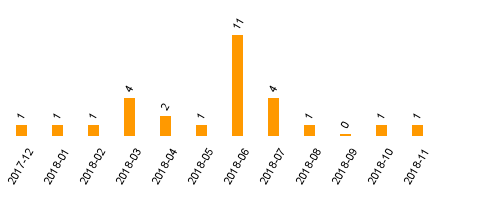Beyond resilience : welfare state changes in Austria, Denmark, New Zealand and Switzerland
Leibfried, StephanWeitere beteiligte Personen: Obinger, Herbert / Bogedan, Claudia / Obinger-Gindulis, Edith / Moser, Judith / Starke, Peter
Download:
pdf-Format: Dokument 1.pdf (529 KB)
| URL | http://edoc.vifapol.de/opus/volltexte/2012/3976/ |
|---|---|
| Dokumentart: | Bericht / Forschungsbericht / Abhandlung |
| Institut: | SFB 597 Staatlichkeit im Wandel |
| Schriftenreihe: | TranState working papers |
| Bandnummer: | 5 |
| Sprache: | Englisch |
| Erstellungsjahr: | 2004 |
| Publikationsdatum: | 05.12.2012 |
| Originalveröffentlichung: | http://www.sfb597.uni-bremen.de/pages/download.php?ID=5&SPRACHE=DE&TABLE=AP&TYPE=PDF (2004) |
| SWD-Schlagwörter: | Sozialstaat , Sozialpolitik , Politische Reform |
| DDC-Sachgruppe: | Politik |
| BK - Basisklassifikation: | 71.80 (Sozialpolitik: Allgemeines), 89.31 (Staatslehre), 71.40 (Soziale Prozesse: Allgemeines) |
| Sondersammelgebiete: | 3.6 Politik und Friedensforschung |
Kurzfassung auf Englisch:
We examine whether a fundamental change in the core dimension of modern 20th century statehood, the welfare state, has become evident in response to changed exogenous and endogenous challenges. By combining quantitative and qualitative approaches we take stock of social policy development in four advanced welfare states - Austria, Denmark, New Zealand and Switzerland - over the last 30 years. Neither spending patterns nor structural changes support the ‘race to the bottom thesis’, according to which the changed environment of welfare state policies has led to a downward spiral in benefit provision. On the contrary, we show that social spending levels have risen mainly due to a catch-up of former welfare state laggards. In structural terms a blurring of welfare regimes can be observed. This twofold process can be described as dual convergence.
Für Dokumente, die in elektronischer Form über Datenenetze angeboten werden, gilt uneingeschränkt das Urheberrechtsgesetz (UrhG). Insbesondere gilt:
Einzelne Vervielfältigungen, z.B. Kopien und Ausdrucke, dürfen nur zum privaten und sonstigen eigenen Gebrauch angefertigt werden (Paragraph 53 Urheberrecht). Die Herstellung und Verbreitung von weiteren Reproduktionen ist nur mit ausdrücklicher Genehmigung des Urhebers gestattet.
Der Benutzer ist für die Einhaltung der Rechtsvorschriften selbst verantwortlich und kann bei Mißbrauch haftbar gemacht werden.
Zugriffsstatistik
(Anzahl Downloads)


